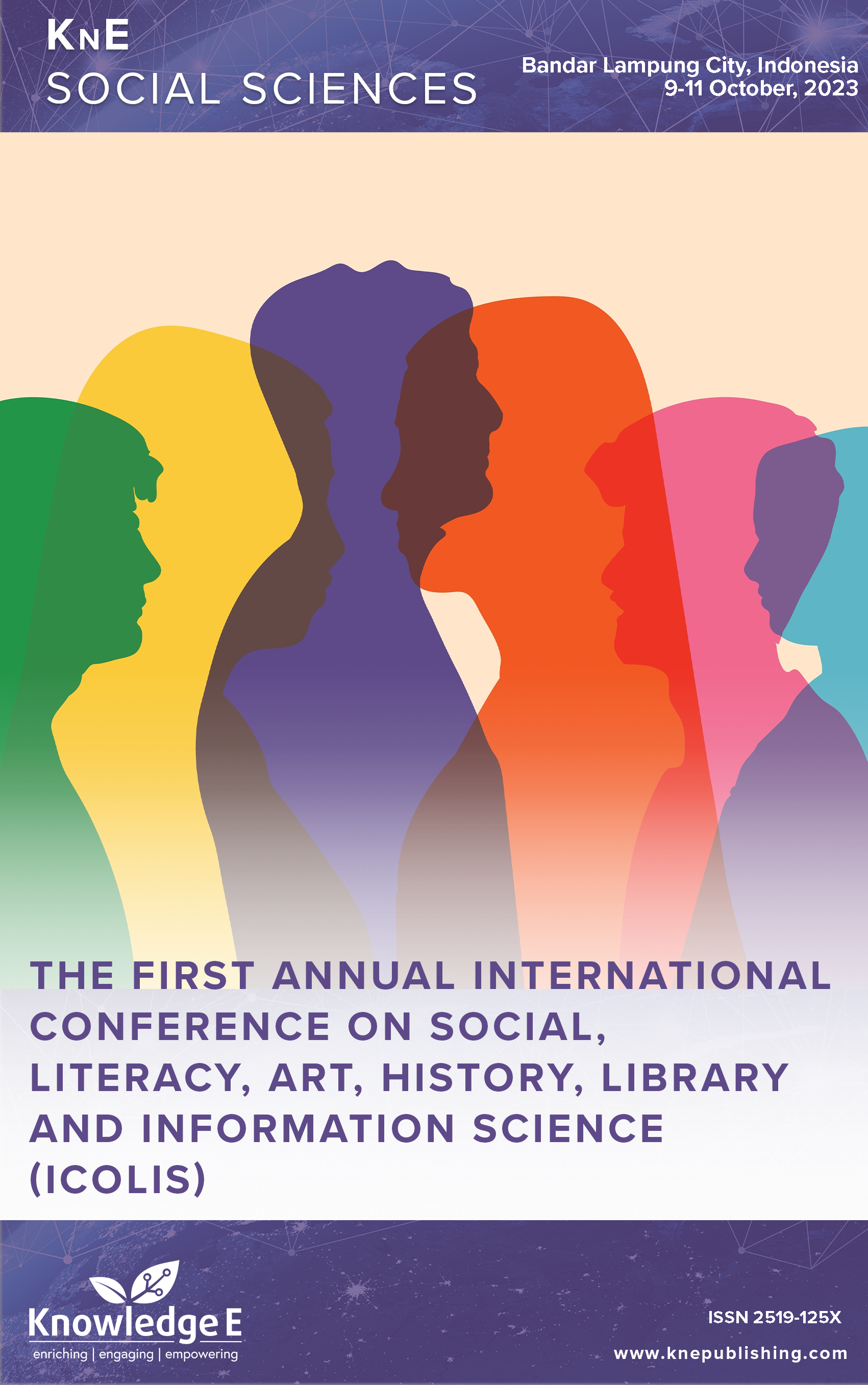History of Development and Reform of Family Law in Indonesia and Malaysia
DOI:
https://doi.org/10.18502/kss.v9i12.15863Abstract
This study aims to determine the history of the development and reform of Islamic family law in Indonesia and Malaysia. The writing method of this article uses a comparison. It compares the history of the development and reform of Islamic family law in Indonesia and Malaysia. As a result, Indonesia and Malaysia have experienced dynamic developments and reforms in the Islamic family law pre and post-independence. Both countries are Muslim-majority countries, so Islamic law, especially the Islamic family, will develop over time. As for the difference, in Indonesia, even though the Muslim majority is more than 85%, discussion of the draft law on Muslim marriage or family always becomes an issue. It is related to establishing the State Foundation of Pancasila, which accommodates all religions. After the 1998 reform, democracy was broadly applicable. It causes the desire to formalize Islamic teachings into a positive legal system to become increasingly stronger. In Indonesia, there is some difficulty in reforming family law regarding the issue between Islamists, nationalists, Muslims, and followers of other religions. It differs from Malaysia, which established Islam as the official state religion. Malaysia is a Muslim-majority country in Southeast Asia and became the most dynamic in reviewing its Muslim family law provisions.
Keywords: Islam, family law, history, Indonesia, Malaysia
References
Mutalib H. Islam in Southeast Asia. Singapura: Institute of Southeast Asian Studies (ISEAS), 2008. https://doi.org/10.1355/9789812307590. DOI: https://doi.org/10.1355/9789812307590
Anam AK. “Application of Muslim Family Law in Southeast Asia: A Comparison,” Islamic Bimas Journal, vol. 10, no. 1, hlm. 130, 2017.
Mahmood T. Personal Law in Islamic Countries. New Delhi: Academy of Law and Religion; 1987.
Yushadeni Y. “Controversy Surrounding the Reform of Islamic Family Law in Indonesia,” Al-Ahwal. Journal of Islamic Family Law. 2015;8(1).
Lev DS. Islamic Religious Courts in Indonesia. Jakarta: PT. Intermasa Publishers, 1986.
Fadli MR. “Memahami Desain Metode Penelitian Kualitatif,” Jurnal Humanika, vol. 21, no. 1, hlm. 35, 2021. https://doi.org/10.21831/hum.v21i1.38075. DOI: https://doi.org/10.21831/hum.v21i1.38075
Nasir MN. Metode Penelitian. Jakarta: Ghalia Indonesia; 1998.
Nasution K. Indonesian Islamic Civil (Family) Law and Comparison of Marriage Laws in the Islamic World. Yogyakarta: Academia & Tazzafa; 2009.
Manan A. Islamic Law Reform in Indonesia. Jakarta: PT Rajagrafindo Persada; 2006.
S. Hasan dan W. Sumitro, Basics of Understanding Islamic Law in Indonesia. Surabaya: National Enterprise; 1994.
Manan A. Various Problems in Indonesian Islamic Civil Law. Jakarta: Kencana; 2006.
Wahid A. Controversies in Islamic Thought in Indonesia. Bandung: Rosda Karya; 1990.
Adawiyah R. Islamic Family Law Reform and Its Implications for Women’s Rights in Marriage Law in Indonesia and Malaysia. Cirebon: Nusa Literasi Inspirasi; 2019.
N. Naily dan K. Riza, Contemporary Southeast Asian Islamic Family Law: History, Formation and Dynamics in Malaysia. Surabaya: (IaiSunan Ampel Research and Community Service Institute, 2013.
Aljawie MA. Islamic Family Law in Malaysia. Postgraduate IAIN Manado; 2022.
W. Wibisana, “Marriage in Islam,” Journal of Islamic Religious Education - Ta’lim, vol. 14, no. 2, hlm. 185, 2016.
JM. Muslimin, “The Sociological Explanation of Indonesian Muslim Family Continuity and Change,” Journal of Indonesian Islam, vol. 13, no. 2, hlm. 379, 2019. https://doi.org/10.15642/JIIS.2019.13.2.395-420. DOI: https://doi.org/10.15642/JIIS.2019.13.2.395-420
Mudzar A. Esai-esai Sejarah Sosial Hukum Islam. Yogyakarta: Pustaka Pelajar; 2014.

